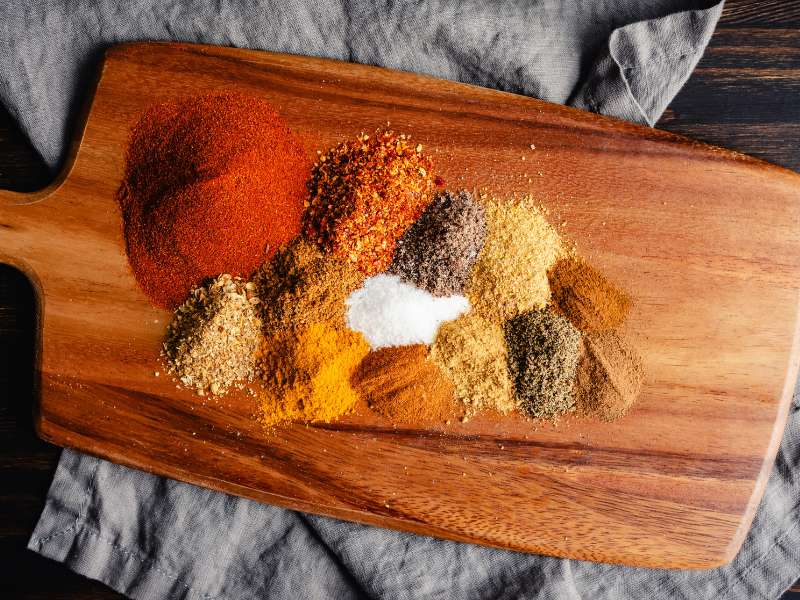The recent Asian American and Pacific Islander Heritage Month provides a great opportunity to celebrate the culinary contributions of these groups of people.
But it’s important to draw a clear line between honoring and appropriating, and if you are in doubt about whether a dish does one or the other, err on the side of caution.
As a general rule, avoid overly punny names for dishes that are influenced by other cultures, as these can be seen as dismissive or even exploitative of other people’s experiences. Whenever possible, share your inspiration and appreciation in a way that uplifts the cultures you are trying to represent on your menu. Here are a few trending Asian and Pacific Islander flavors to consider when building your summer specials:
Ube
This purple yam is quintessential to many Philippine desserts, including cakes, pudding, and ice cream. The shockingly purple color can bring excitement to any plate. Consider adding it to cheesecake or creating an ube butter to serve alongside another Philippine specialty, pandesal, fluffy yeasted bread rolls.
Soju
Soju is a super sippable low-alcohol Korean beverage usually distilled for rice or grains, and though many stateside consumers may not have heard of it, it’s actually the most popular alcoholic beverage in the world, according to Liquor.com. Usually served neat, this “Korean vodka” is actually the perfect base for cocktails, thanks to its sweet, lightly milky flavor. Try subbing soju for gin or vodka in a traditional cocktail for a fun, Korean spin.
Dumplings
 If you pay attention to Instagram and TikTok, you’ve probably noticed a lot of dumplings in your
feed. This pan-Asian treat is ripe for riffing. Whether boiled, steamed, or fried, dumplings can
house a myriad of fillings, which gives your chefs the opportunity to let their creativity go wild.
Dumplings are a clever fusion food that allows you to pair Asian techniques with ingredients
from anywhere in the world.
If you pay attention to Instagram and TikTok, you’ve probably noticed a lot of dumplings in your
feed. This pan-Asian treat is ripe for riffing. Whether boiled, steamed, or fried, dumplings can
house a myriad of fillings, which gives your chefs the opportunity to let their creativity go wild.
Dumplings are a clever fusion food that allows you to pair Asian techniques with ingredients
from anywhere in the world.
Kimchi
The staple of Korean cooking, kimchi, a spicy fermented food traditionally made with cabbage is another flavor on the rise, and one that can help bring heat and umami to a dish. In addition, kimchi can be much more than cabbage; many vegetables and fruits can undergo the kimchi treatment, including radishes, cucumbers, and even pineapple.
Sandos
Though you might not think of sandwiches when you think of Japanese food, sandos are an example of yōshoku, a type of Japanese cuisine inspired by the West, and they’re hugely popular both in Japan and around the world. A sando is usually made with a light, white bread known as milk bread, with the crust removed. Fillings include katsu (a fried cutlet), egg salad, wagyu beef, and even fruit. The sando template is a great place to innovate and bring creativity to your menu.
Boba Tea
Just one example of the popular milk tea category, boba tea is a milky tea beverage made with tapioca pearls, typically served iced. This fun drink can be fruity, floral, or sweet and can be made with a variety of teas for different flavor pairings. Originally from Taiwan, popular flavors of boba tea include lychee, coconut, avocado, and pineapple. Over the years, boba tea’s popularity has led to creative takes, including different teas, milks, and add-ins for this potentially over-the-top concoction.



